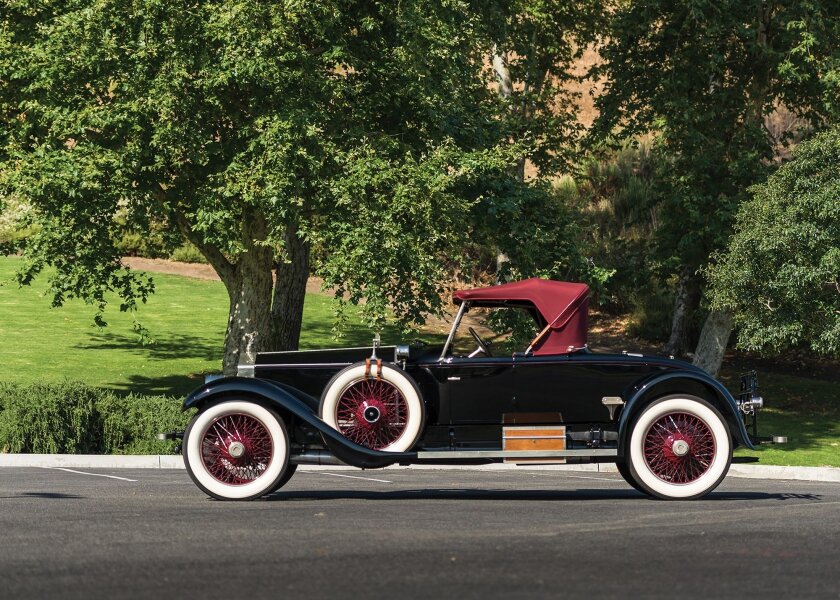1936 Bugatti Type 57 Ventoux
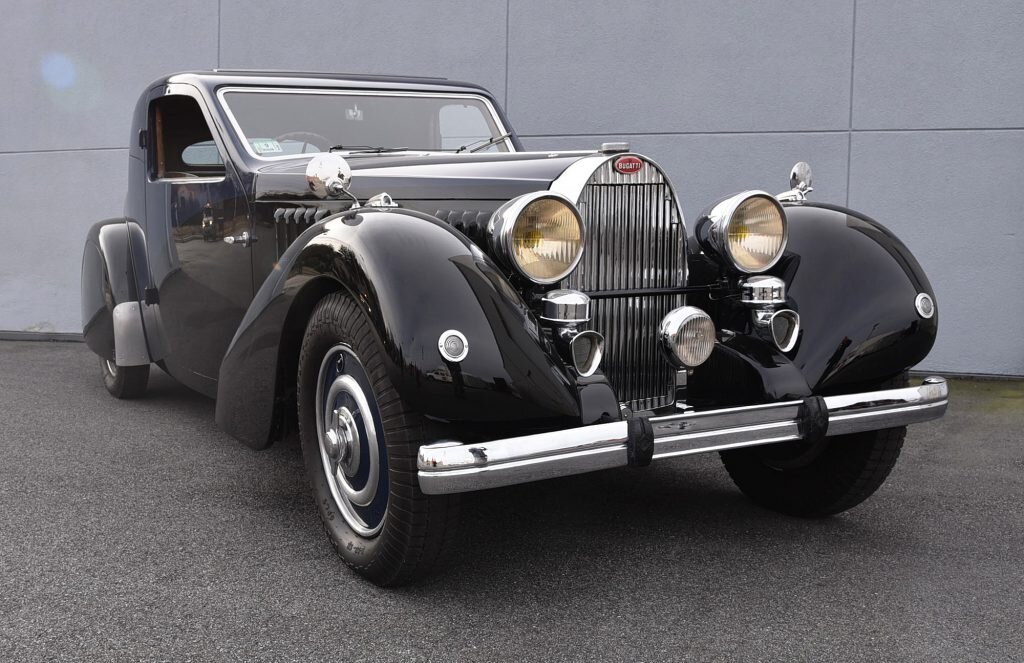
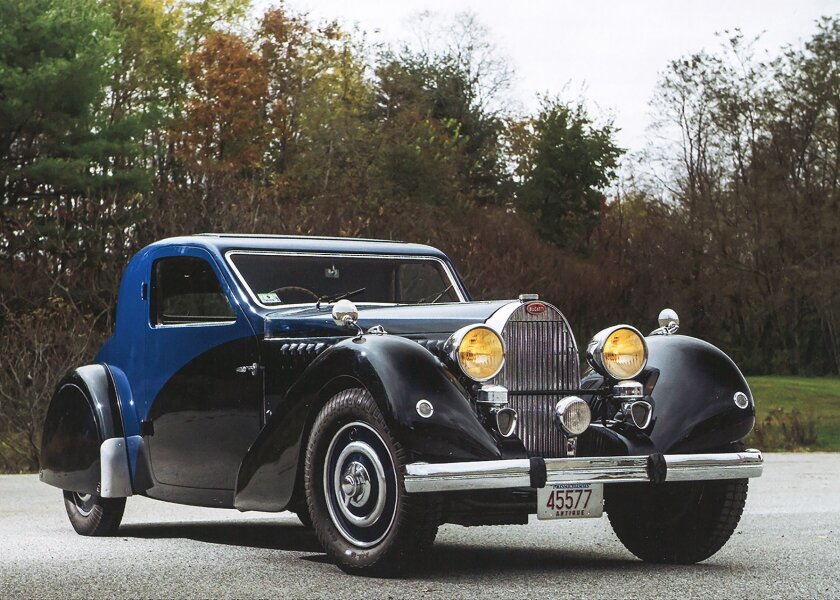
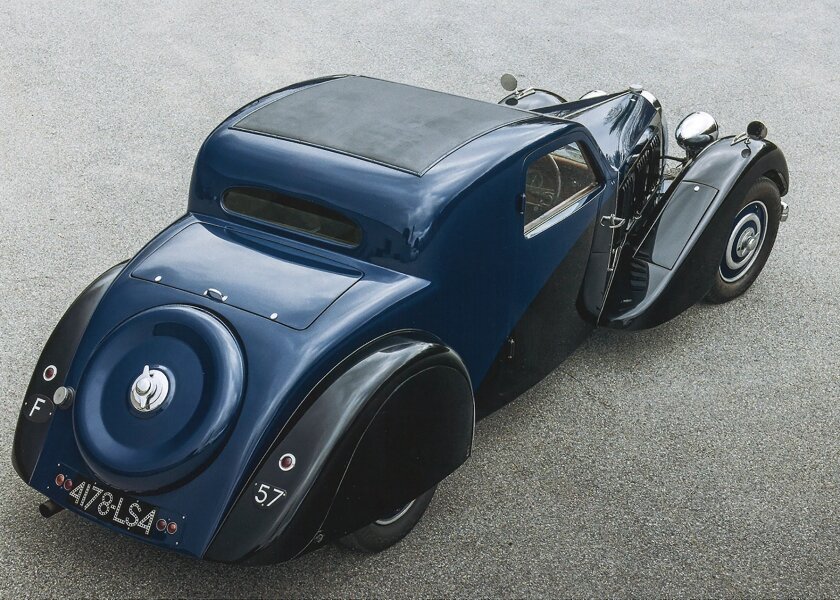
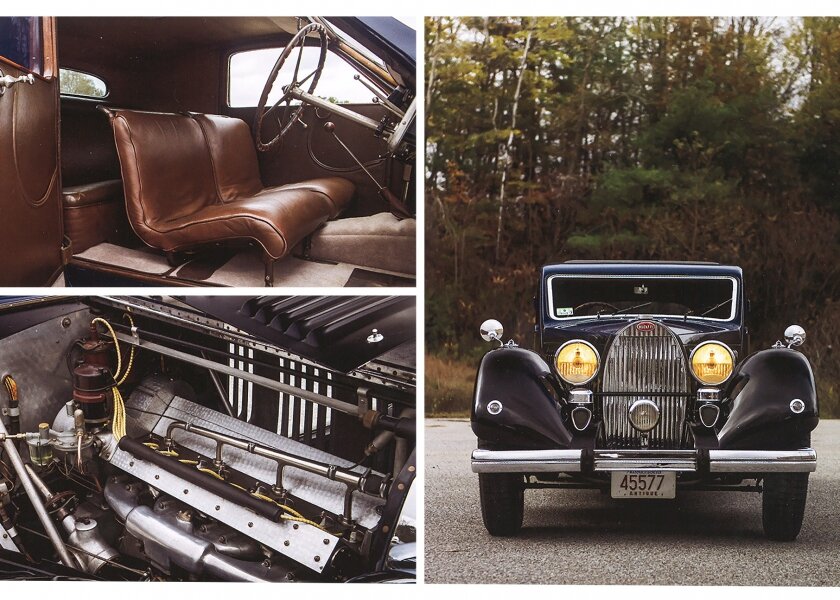
Specifications
Engine: 3,257 CC DOHC Inline 8-Cylinder, Single Stromberg UUR-2 Carburetor
Horsepower: 135 BHP at 5,000 RPM
Transmission: 4-Speed Manual Gearbox
Brakes: 4-Wheel Hydraulic Drum Brake
Suspension: Front Solid Axle with Semi-Elliptical Leaf Springs and Shock Absorbers, Rear Live Axle with Semi-Elliptical Leaf Springs and Shock Absorbers
Unveiled in 1934, the Type 57 is widely regarded as a masterpiece from the hand of Jean Bugatti. The successor to the popular Type 49, the new Bugatti was powered by a magnificent 3.3-liter twin-cam straight-eight engine and represented the ultimate in automotive performance and design. Bugatti continually refined the Type 57, resulting in three distinct series of chassis. The second-series chassis – introduced in 1936 and underpinning the car presented here – featured a strengthened rear axle, cross-braced frame, rubber engine mounts, and upgraded brakes, among other improvements.
According to Bugatti factory records, this Type 57, chassis 57469, was assembled in November 1936 and equipped with engine 350. This was the last of six Type 57 chassis to be fitted with the elegant Two-Light Ventoux coachwork, which was, in this application, tastefully finished in Bleu Foncé (Dark Blue) with Havana leather and beige carpeting. This body style, penned by the great Jean Bugatti and constructed at the Molsheim factory, is a striking, avant-garde design characterized by its steeply raked windscreen, flowing lines, and blind rear quarter, which distinguishes the Two-Light variant from the standard Ventoux Coupe.
In December 1936, the new Type 57 was delivered to Quicray, the official Bugatti agent at the Place de la Gare in Clermont, France, and sold to its first owner, Eugene Labeque of Cramoisy.
In the late 1990’s, this Ventoux was sent to Colour Restorations in Loveland, Colorado, where it was finished in an appropriate two-tone dark blue and black paint scheme. While the car was in Colorado, the original, matching-numbers engine was sent to marque specialist Jim Stranberg at High Mountain Classics for a complete rebuild. Although the car benefited from some cosmetic and mechanical attention, a concerted effort was made to preserve the many outstanding original details, particularly in the interior, which retains nearly all of its unrestored and beautifully patinated upholstery, trim, and instrumentation.
With timeless styling and sophisticated engineering, the Type 57 is the ultimate road-going Bugatti and enjoys sought-after status among today’s collectors. This particular car, which features the improved second series chassis and exceedingly rare Two-Light Ventoux bodywork, is an outstanding representative of the marque and model.











